Drawing facial expressions is a crucial skill for any artist, whether they are a professional illustrator or a hobbyist. The ability to convey emotions through the expressions on a character’s face is what brings them to life and makes them relatable to the viewer. However, mastering this skill can be a challenge, even for experienced artists.
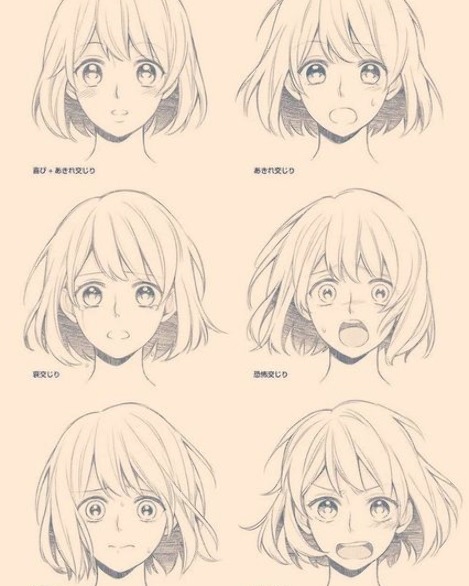
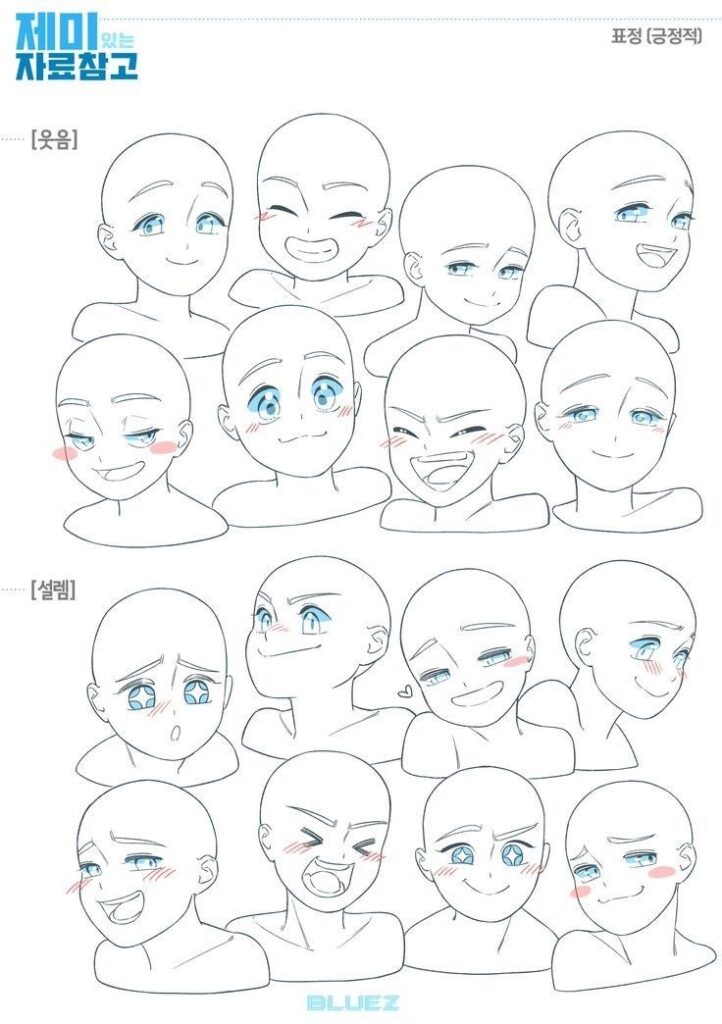
To learn how to draw facial expressions, it’s important to first understand the anatomy of the face. The position and movement of each facial feature, such as the eyes, mouth, and eyebrows, can drastically change the expression on a character’s face. By studying reference images and practicing drawing different expressions, an artist can develop their understanding of facial anatomy and improve their ability to accurately depict emotions.
With practice and dedication, an artist can become proficient in drawing facial expressions and bring their characters to life on the page. Whether it’s a simple smile or a complex combination of emotions, the ability to accurately convey emotions through the expressions on a character’s face is a valuable skill for any artist to have.
Understanding Facial Expressions
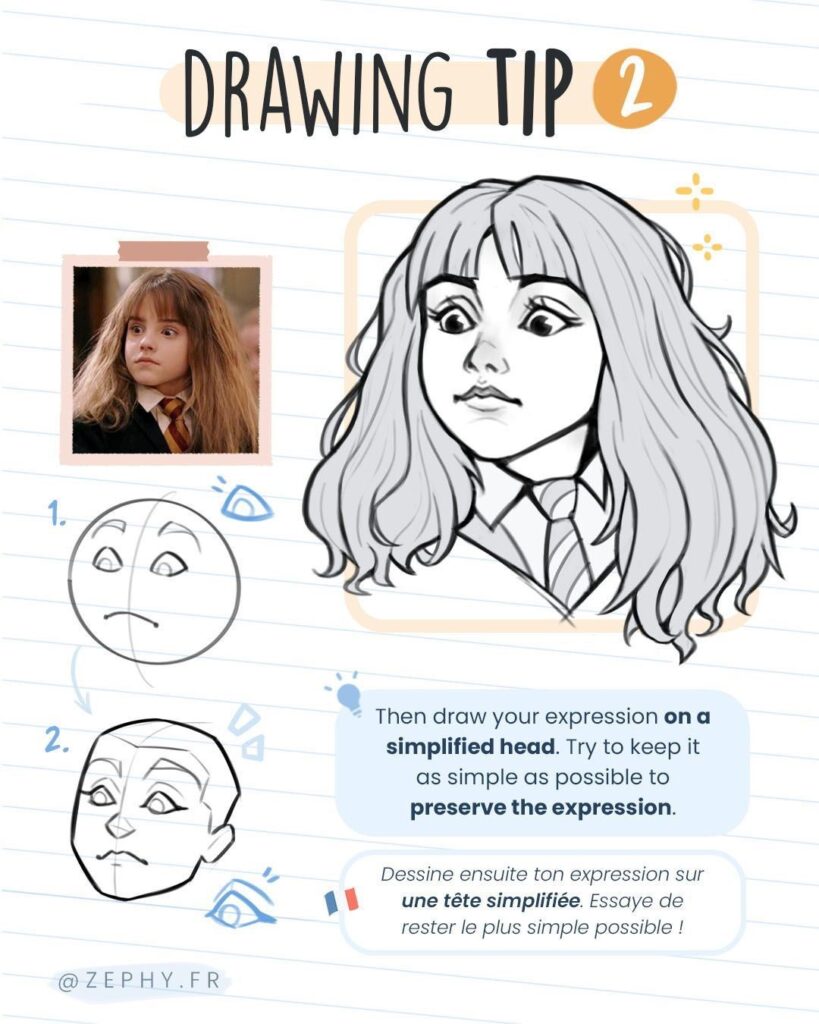
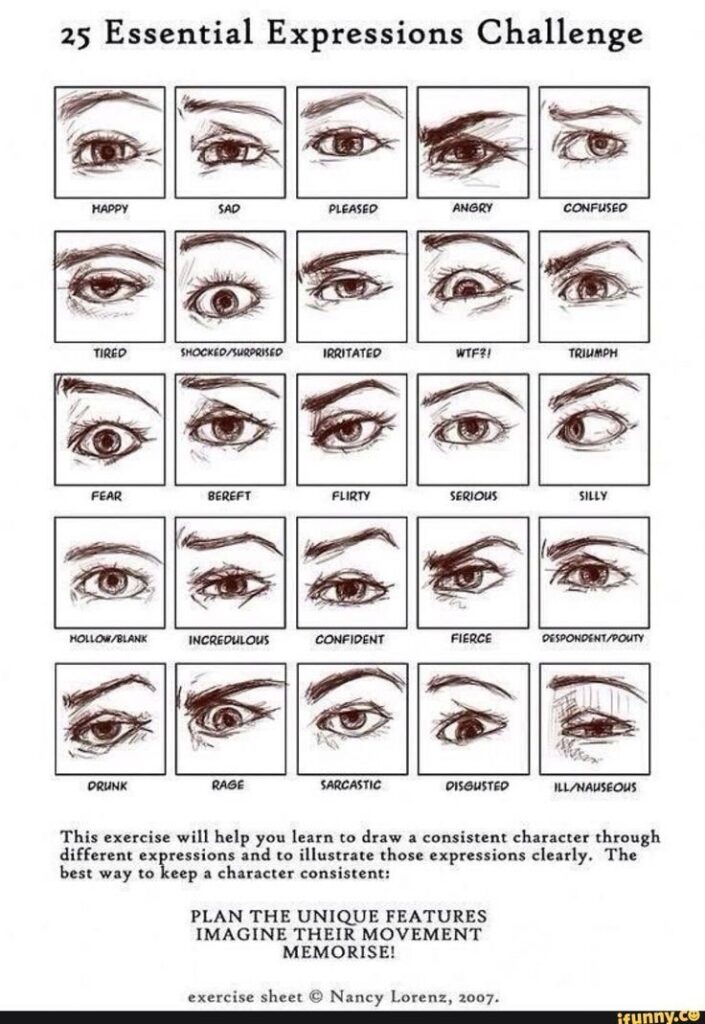
The Basics of Human Emotion
Facial expressions are an essential part of human communication. They are the primary way to convey emotions and express oneself. Humans are capable of recognizing and interpreting a wide range of facial expressions, from the subtlest eye twitches to the most expressive smiles.
Emotions are complex psychological states that are expressed through a combination of physiological and behavioral responses. They are an integral part of human experience and play a significant role in shaping our personality and behavior. Understanding the basics of human emotion is crucial to understanding facial expressions.
Facial Expressions and Communication
Facial expressions are the most expressive and visible aspect of human communication. They provide nonverbal cues that convey emotions and intentions, which are essential for effective communication. Facial expressions are universal, and people from different cultures and backgrounds can recognize and interpret them.
Facial expressions are not only essential for communication, but they also play a significant role in social interaction and relationships. The ability to read and interpret facial expressions is critical for building trust, empathy, and rapport with others.
In conclusion, understanding facial expressions is crucial for effective communication and social interaction. By recognizing and interpreting facial expressions, one can better understand the emotions and intentions of others, and improve their own communication skills.
Anatomy of the Face


Understanding the anatomy of the face is essential for drawing accurate and expressive facial expressions. The face is composed of several key features, each with its own unique characteristics that contribute to the overall expression. The following subsections will explore the muscle movement and points of tension, as well as the key facial features for expressions.
Muscle Movement and Points of Tension
Facial expressions are created by the movement of muscles in the face. There are over 40 muscles in the face, each responsible for a specific movement. These muscles are attached to the bones of the skull and are controlled by the facial nerve. When a muscle contracts, it pulls on the skin, causing a specific facial expression.
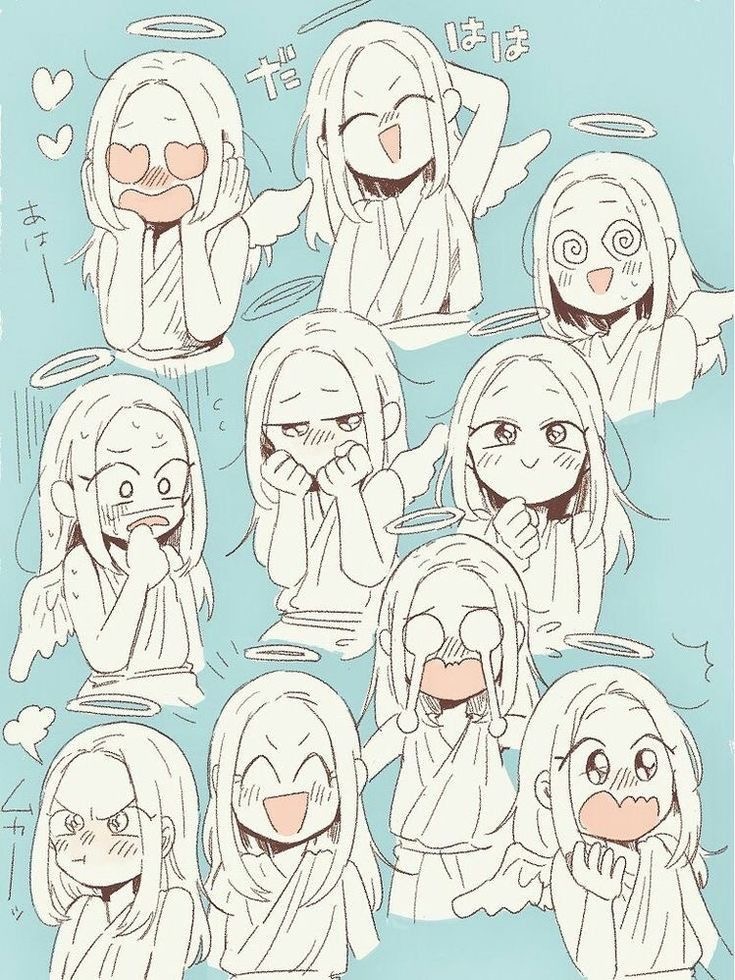
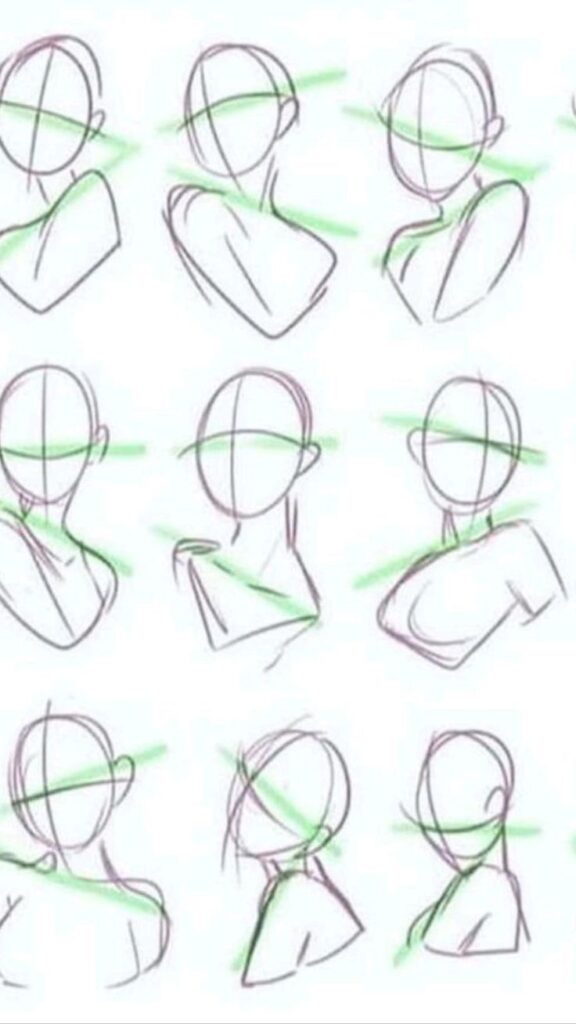
Points of tension are areas on the face where muscles come together and create a visible indentation or line. These points are essential for creating believable expressions. For example, the area between the eyebrows is a common point of tension when someone is angry or frustrated. Similarly, the corners of the mouth are a point of tension when someone is smiling.
Key Facial Features for Expressions
The eyes, nose, mouth, eyebrows, forehead, jaw, cheeks, nostrils, and teeth are all essential facial features that contribute to the overall expression. The eyes are often referred to as the “window to the soul” and are a crucial element in expressing emotions such as happiness, sadness, and surprise. The nose can also play a significant role in expressing emotions, particularly disgust.
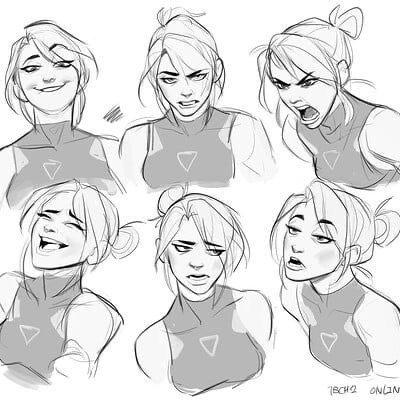
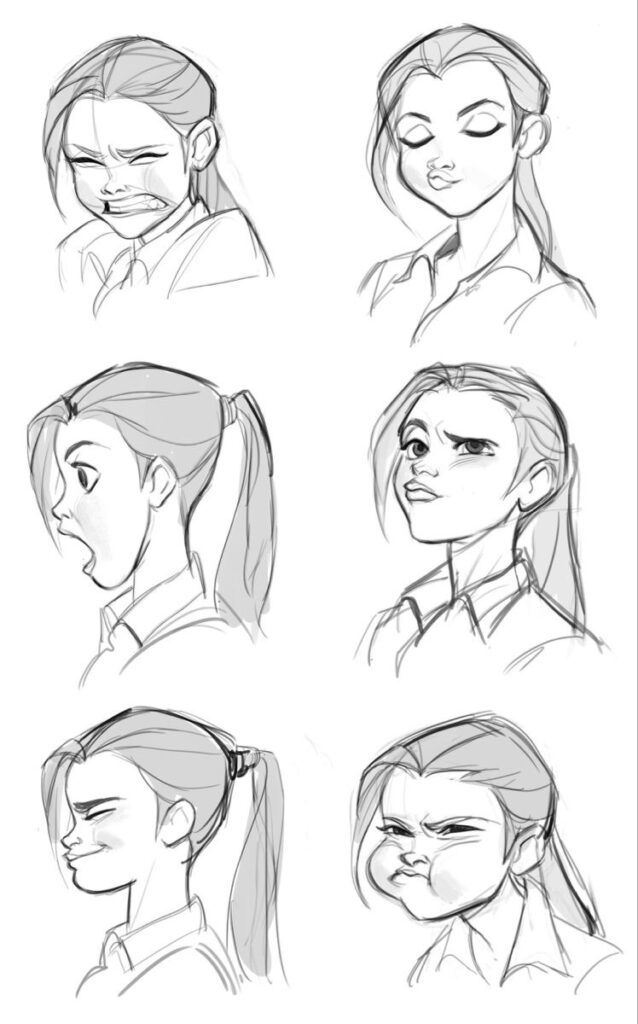
The mouth is perhaps the most crucial feature when it comes to expressing emotions. The position of the lips and teeth can convey a wide range of emotions, from a smile to a frown. The eyebrows are also essential for expressing emotions such as surprise, anger, and sadness. The forehead and jaw can also contribute to the overall expression, particularly when it comes to conveying tension or relaxation.
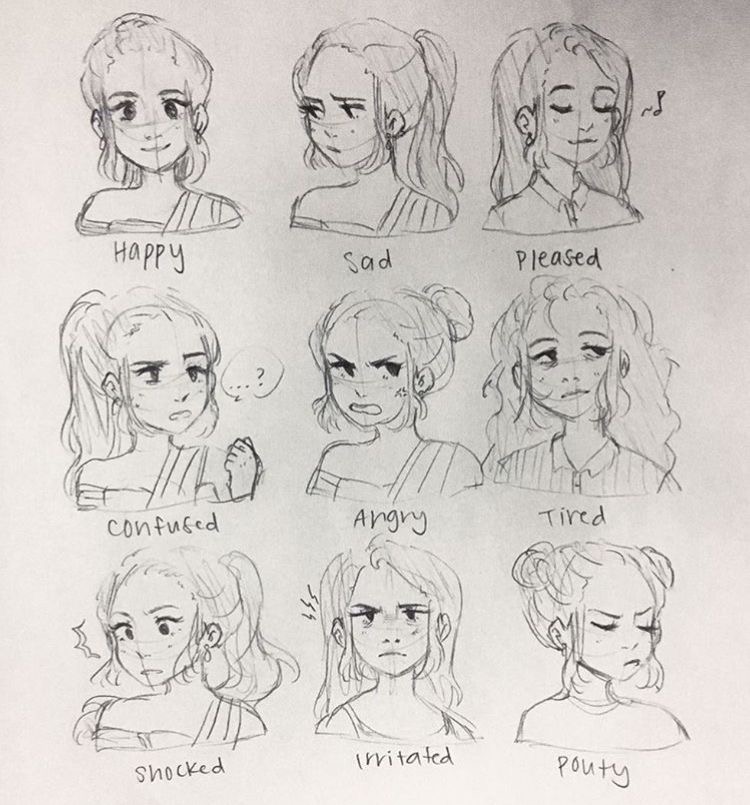
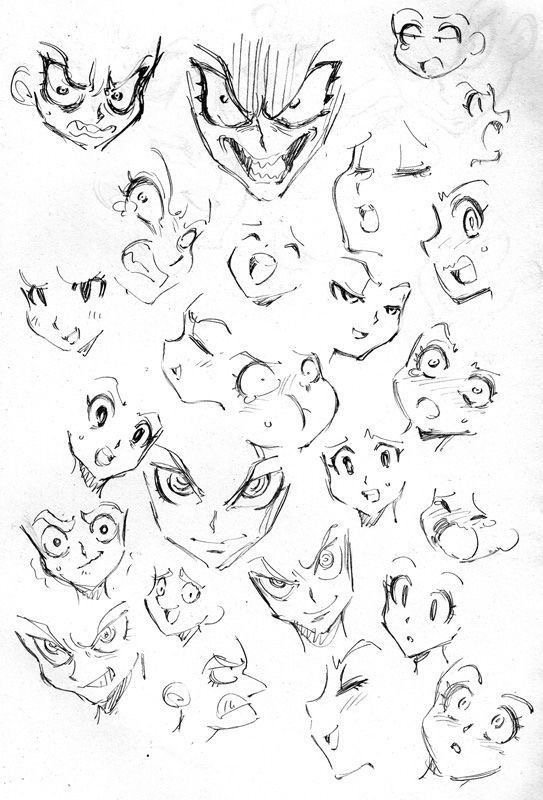
In conclusion, understanding the anatomy of the face is crucial for drawing accurate and expressive facial expressions. By understanding the muscle movement and points of tension, as well as the key facial features for expressions, artists can create believable and impactful drawings.
Conveying Emotions through the Eyes

Importance of the Eyes in Expressions
The eyes are often referred to as the windows to the soul, and for good reason. They play a vital role in conveying emotions and expressions. The way a person’s eyes move, their shape, and the size of their pupils can all communicate different emotions.
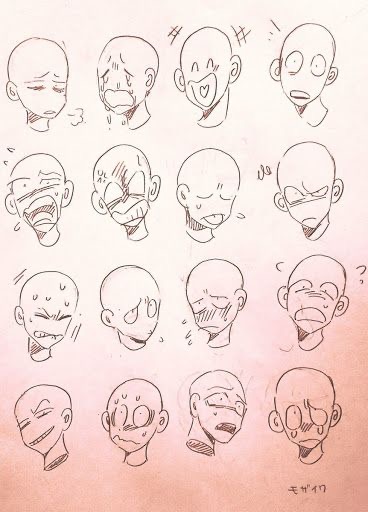
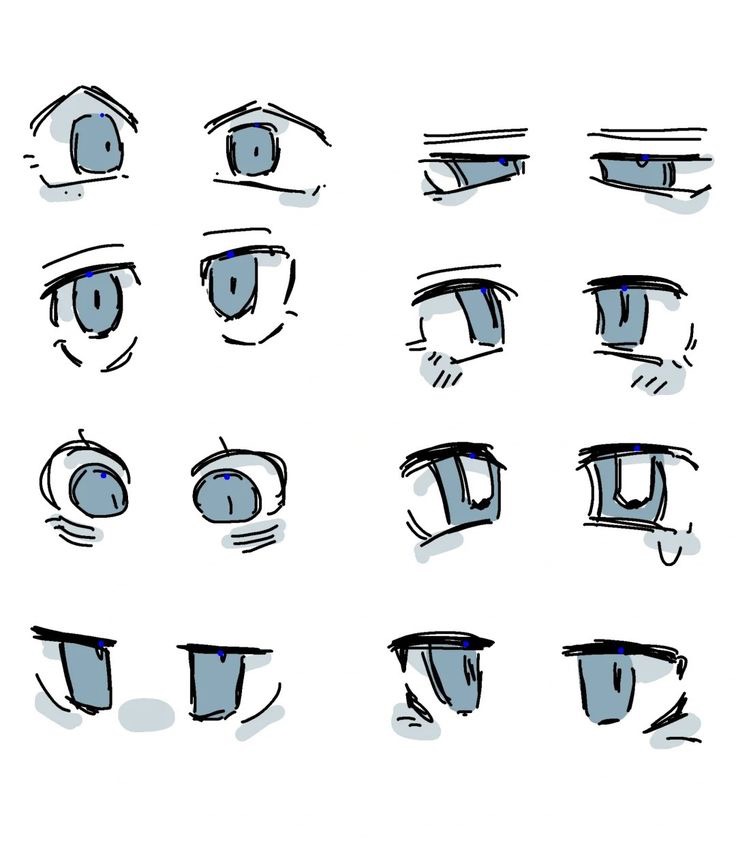
For example, when a person is happy, their eyes tend to crinkle at the corners, and their pupils may dilate slightly. On the other hand, when a person is angry, their eyes may narrow, and their pupils may become smaller.
Drawing the Eyes to Reflect Emotions
When drawing facial expressions, it is important to pay close attention to the eyes. Here are some tips for drawing eyes that accurately reflect emotions:
Eye Shape: The shape of the eye can convey different emotions. For example, a rounded eye shape can make a character look innocent or surprised, while a more angled shape can make them look angry or determined.
Upper Eyelids: The position of the upper eyelids can also communicate different emotions. For example, when a person is sad, their eyelids may droop slightly, while when they are surprised, their eyelids may be raised.
Iris and Pupils: The size and shape of the iris and pupils can also communicate different emotions. For example, when a person is scared, their pupils may dilate, while when they are focused, their pupils may become smaller.
Overall, by paying close attention to the eyes and their various components, artists can accurately convey a wide range of emotions in their drawings.
Mouth and Nose Expressions

Drawing the Mouth to Show Emotion
The mouth is a crucial part of facial expressions, and it can convey a wide range of emotions. Drawing the mouth to show emotion requires an understanding of how the lips, teeth, and corners of the mouth move.
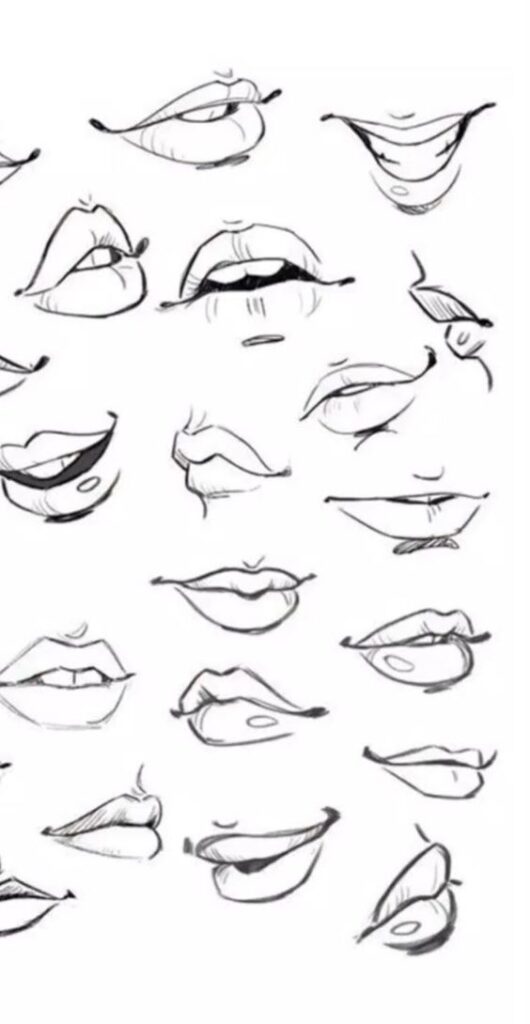

To draw a happy expression, the corners of the mouth should be turned up, and the top lip can be curved slightly upwards. For a sad expression, the corners of the mouth should be turned down, and the top lip can be slightly lowered. An angry expression can be conveyed by drawing the corners of the mouth down and the top lip pushed forward.
The size and shape of the mouth can also affect the emotion being portrayed. A small, tight-lipped mouth can indicate tension or anger, while a wide-open mouth can indicate surprise or shock.
The Role of the Nose in Expressions
While the nose may not be as expressive as the mouth, it still plays a role in facial expressions. The nostrils can flare when a person is angry or excited, and the shape of the nose can indicate different emotions.


A scrunched-up nose can indicate disgust or disapproval, while a wrinkled nose can indicate confusion or uncertainty. The position of the nose can also affect the expression being portrayed. A nose that is wrinkled and pushed up can indicate surprise or confusion, while a nose that is pushed down can indicate sadness or disappointment.
Overall, understanding how to draw the mouth and nose to show emotion is essential for creating realistic and expressive faces. By paying attention to the shape and movement of these features, an artist can create more nuanced and impactful expressions.
Facial Expressions Across Cultures

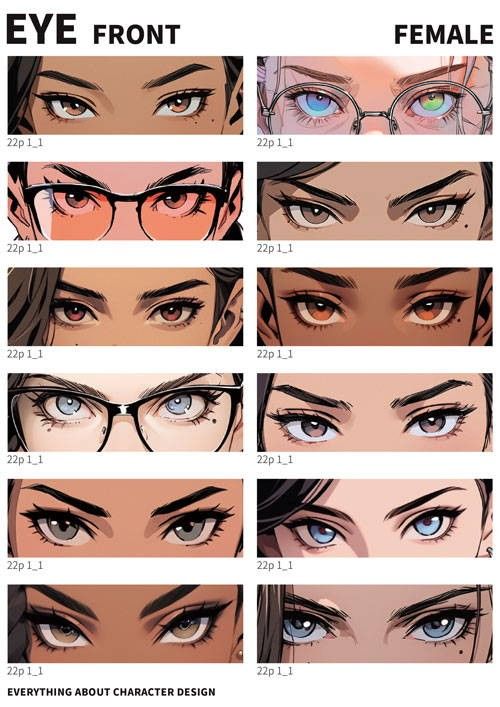
Cultural Differences in Expression
Facial expressions are a universal language that can communicate emotions and intentions across cultures. However, the interpretation and meaning of these expressions can vary significantly from one culture to another. For instance, in some cultures, a smile can indicate happiness, while in others, it can be a sign of embarrassment or discomfort.
In Japan, for example, a smile can also indicate politeness or a way to hide negative emotions, such as anger or sadness. Similarly, in some African cultures, a smile can be a sign of submission or respect. In contrast, in many Western cultures, a smile is generally associated with happiness and friendliness.
Another example of cultural differences in expression is the use of eye contact. In Western cultures, direct eye contact is often seen as a sign of confidence and honesty. However, in some Asian cultures, avoiding eye contact can be a sign of respect or humility.
Universal Expressions and Their Interpretations
Despite cultural differences in expression, some facial expressions are recognized and interpreted similarly across cultures. These are called universal expressions. The six universal expressions are happiness, sadness, anger, fear, surprise, and disgust.
Research has shown that these expressions are innate and can be recognized by people from different cultures, even in remote areas of the world. However, the intensity and interpretation of these expressions can still vary depending on the cultural context.
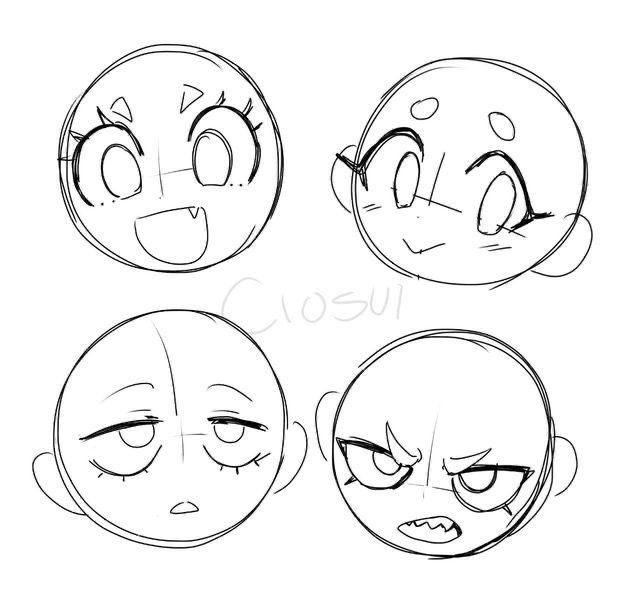
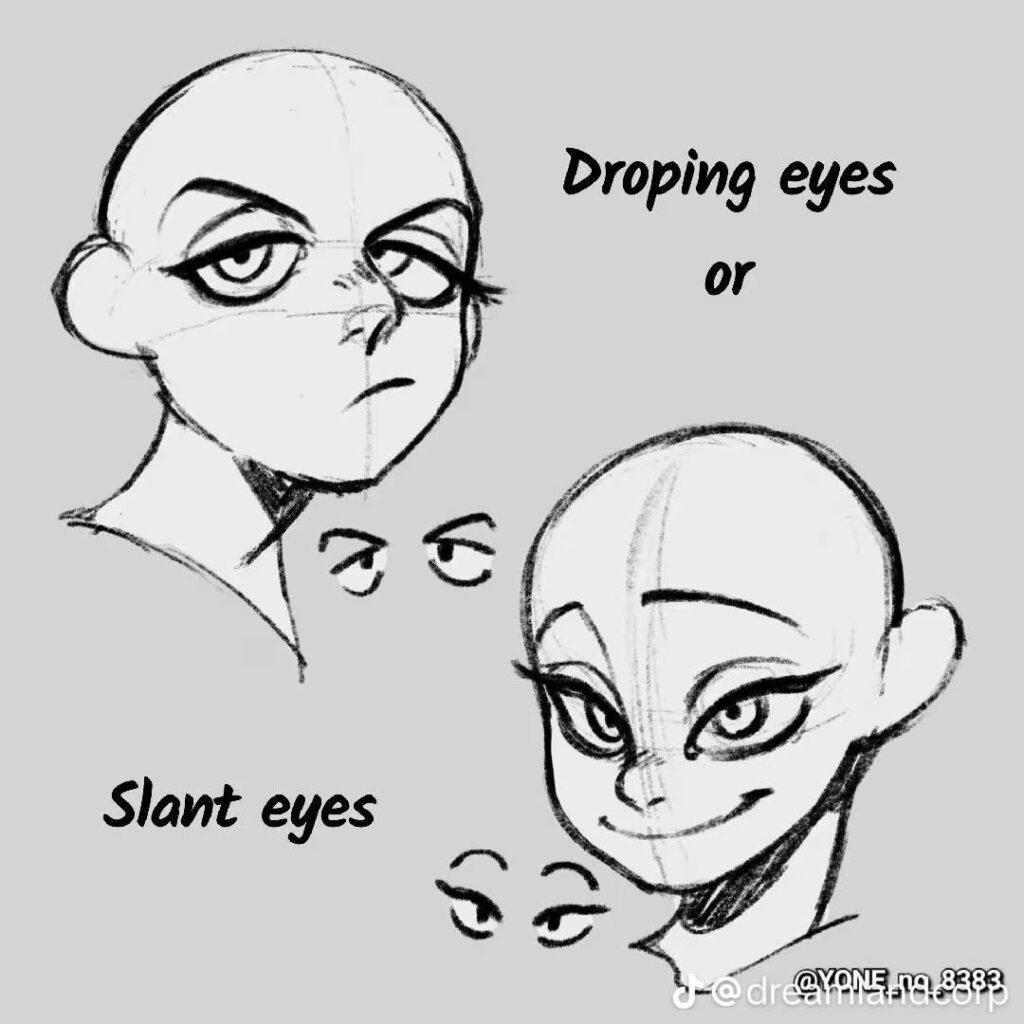
For example, in some cultures, the display of emotions is discouraged, and people may try to suppress their facial expressions. In contrast, in other cultures, such as Mediterranean cultures, people tend to be more expressive and use exaggerated facial expressions to communicate their emotions.
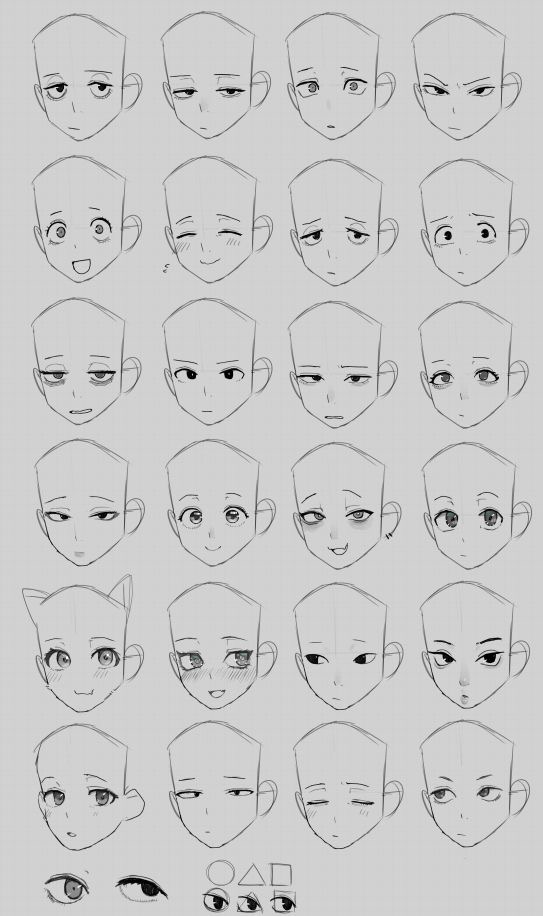
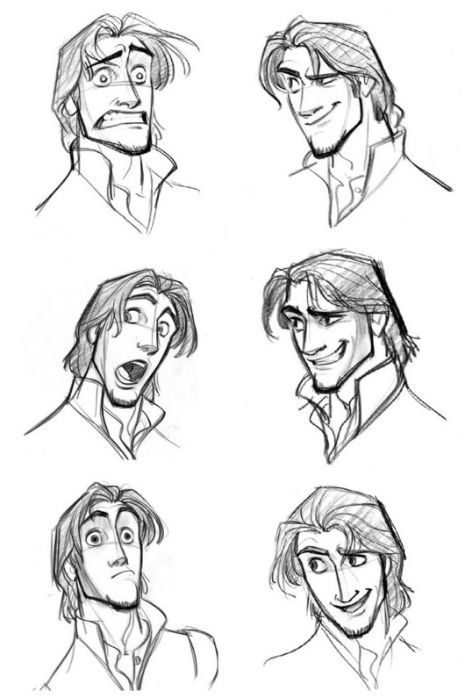
In conclusion, facial expressions are an essential aspect of communication across cultures. While some expressions are universal, others may have different interpretations depending on the cultural context. It is crucial to be aware of these differences to avoid misunderstandings and communicate effectively.
Emotion-Specific Facial Expressions

When it comes to drawing facial expressions, it’s important to consider the emotions you want to convey. Emotion-specific facial expressions can help you create more realistic and believable characters. Here are some tips for drawing different emotions:
Drawing Happiness and Joy
When drawing happiness or joy, the key is to focus on the eyes and mouth. The eyes should be wide and bright, with the eyebrows slightly raised. The mouth should be curved upwards into a smile, with the cheeks lifted.
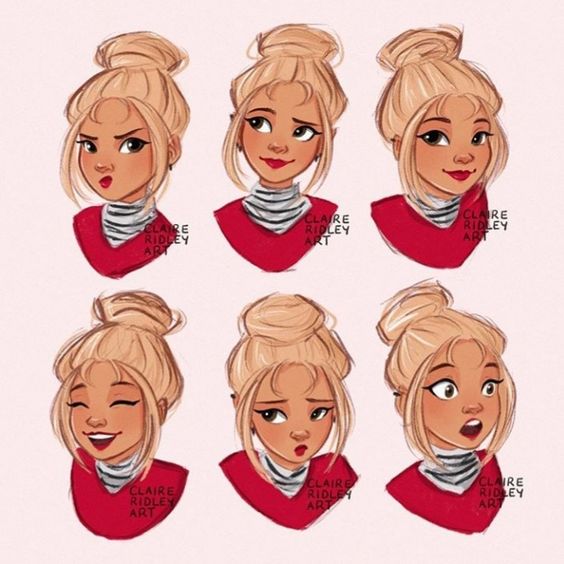
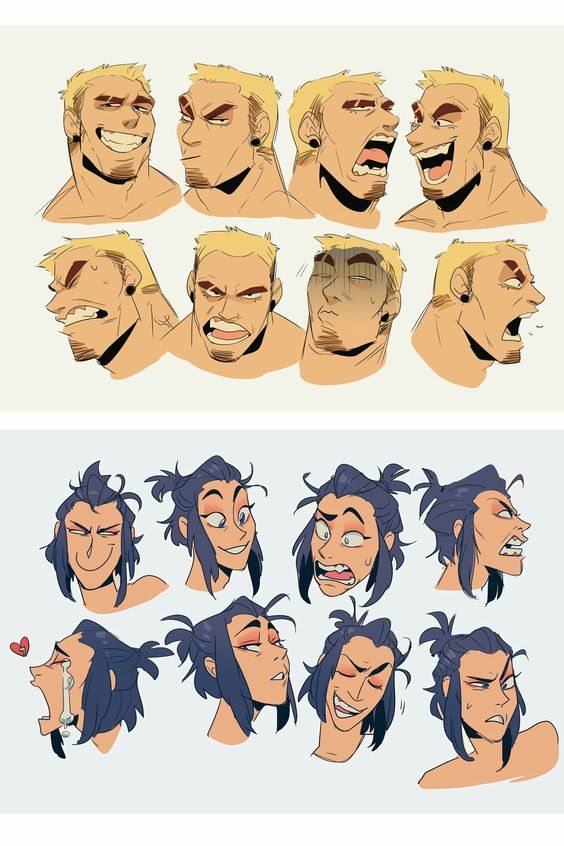
To emphasize the happiness further, you can add some blush to the cheeks and some shine to the eyes. Adding some details like dimples or wrinkles around the eyes and mouth can also help make the expression more realistic.
Capturing Sadness and Grief
To draw sadness or grief, focus on the eyes and mouth again. The eyes should be slightly closed and the eyebrows lowered. The mouth should be downturned, with the corners pulled slightly downwards.
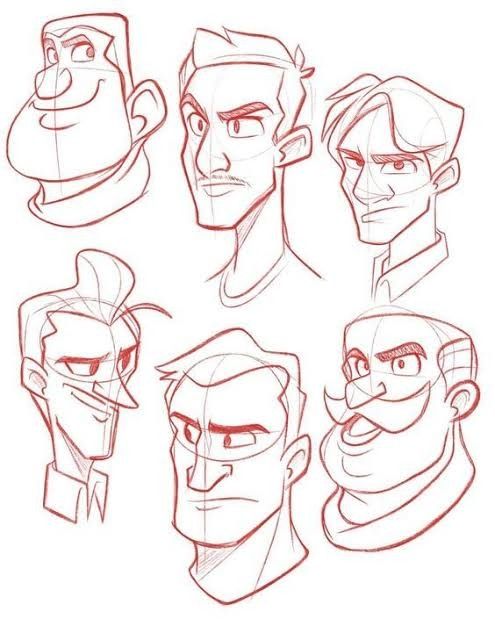

To emphasize the sadness, you can add some shadows under the eyes and make the eyes look watery. Adding some wrinkles around the eyes and mouth can also help make the expression more realistic.
Illustrating Anger and Annoyance
When drawing anger or annoyance, the key is to focus on the eyebrows and mouth. The eyebrows should be lowered and pulled together, creating a furrowed brow. The mouth should be pressed together into a thin line or a scowl.


To emphasize the anger, you can add some shadows around the eyes and make them look narrowed. Adding some wrinkles around the forehead and between the eyebrows can also help make the expression more realistic.
Conveying Surprise and Fear
To draw surprise or fear, focus on the eyes and mouth once again. The eyes should be wide open, with the eyebrows raised. The mouth should be slightly open, with the corners pulled back.
To emphasize the surprise or fear, you can add some shadows around the eyes and make them look bigger. Adding some wrinkles around the forehead and between the eyebrows can also help make the expression more realistic.
Depicting Disgust and Disappointment
When drawing disgust or disappointment, the key is to focus on the mouth and nose. The mouth should be turned downwards into a frown or a sneer. The nose should be wrinkled, with the nostrils flared.
To emphasize the disgust or disappointment, you can add some shadows around the mouth and nose. Adding some wrinkles around the mouth and between the eyebrows can also help make the expression more realistic.
By focusing on these emotion-specific facial expressions, you can create more realistic and believable characters in your drawings. Remember to pay attention to the details and use the right techniques to convey the right emotions.
Lighting and Shadows

How Light Affects Facial Expressions
The way light hits a person’s face can greatly affect the way their facial expressions are perceived. Light can create shadows and highlights that emphasize certain features and add depth to the face. For example, if the light is coming from above, it will create shadows under the eyebrows, nose, and chin, which can make a person appear more serious or contemplative. On the other hand, if the light is coming from below, it can create shadows on the cheeks and forehead, which can make a person appear more ominous or mysterious.
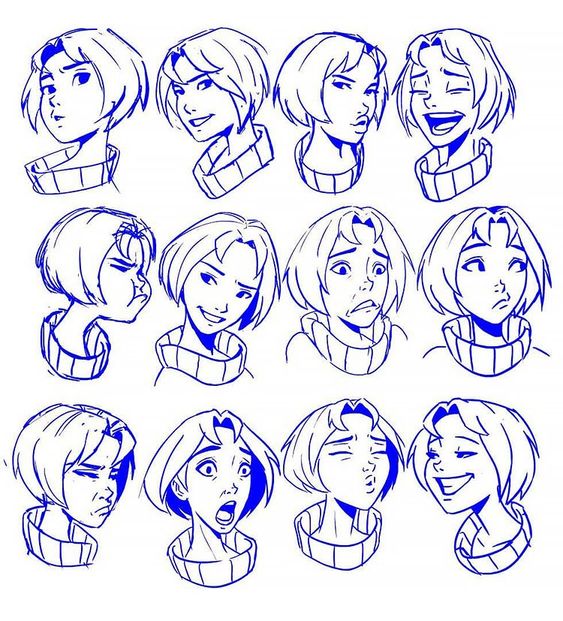
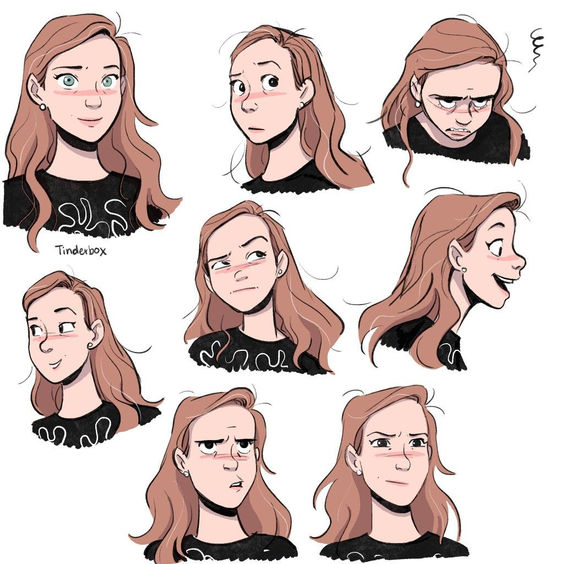
When drawing facial expressions, it’s important to consider the direction of the light source and how it will affect the shadows and highlights on the face. By using shading techniques, an artist can create the illusion of depth and bring the facial features to life.
Using Shadows to Enhance Emotion
Shadows can also be used to enhance the emotional impact of a facial expression. For example, deep shadows can be used to create a sense of mystery or danger, while softer shadows can create a more peaceful or gentle mood. Shadows can also be used to emphasize wrinkles and other facial lines, which can add character and depth to the drawing.
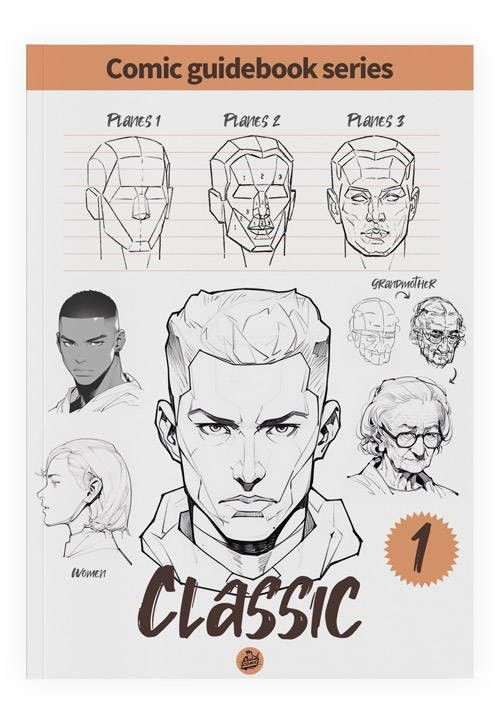

When using shadows to convey emotion, it’s important to consider the overall mood of the drawing and how the shadows will contribute to it. By carefully controlling the placement and intensity of the shadows, an artist can create a powerful and evocative image that captures the essence of the subject’s emotional state.
Overall, lighting and shadows are important tools for creating realistic and emotionally expressive facial expressions in drawings. By understanding how light affects the face and using shading techniques to create depth and mood, an artist can bring their drawings to life and capture the full range of human emotion.
Techniques for Drawing Expressions
When it comes to drawing facial expressions, it’s important to have a solid understanding of the underlying emotions and how they manifest physically. However, it’s equally important to have a range of techniques at your disposal to effectively capture those emotions on paper. Here are a few techniques to consider:
Exaggeration and Subtlety
One effective technique for conveying emotions is exaggeration. By exaggerating certain facial features, you can create a more pronounced and dramatic expression. For example, if you want to convey anger, you might exaggerate the eyebrows and mouth, making them more intense and pronounced.
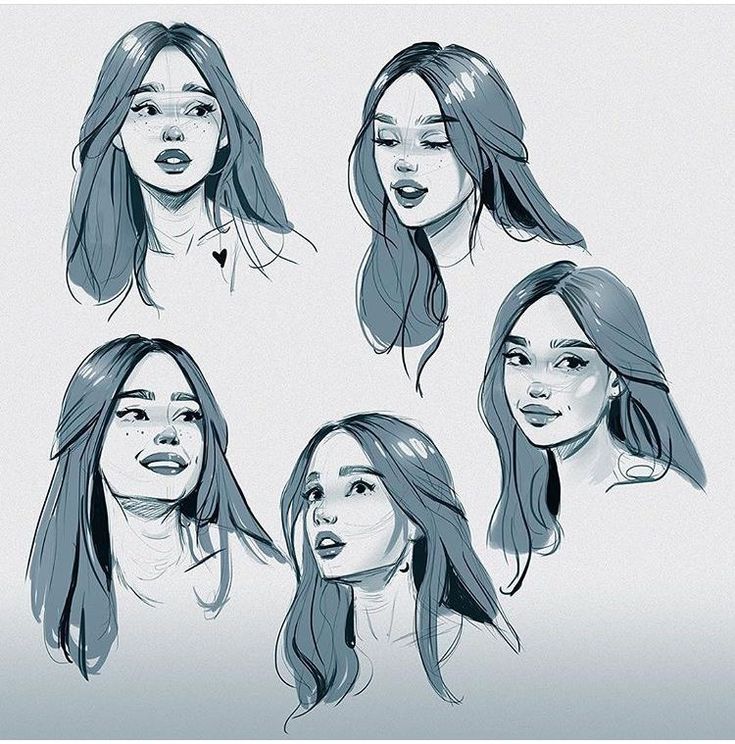
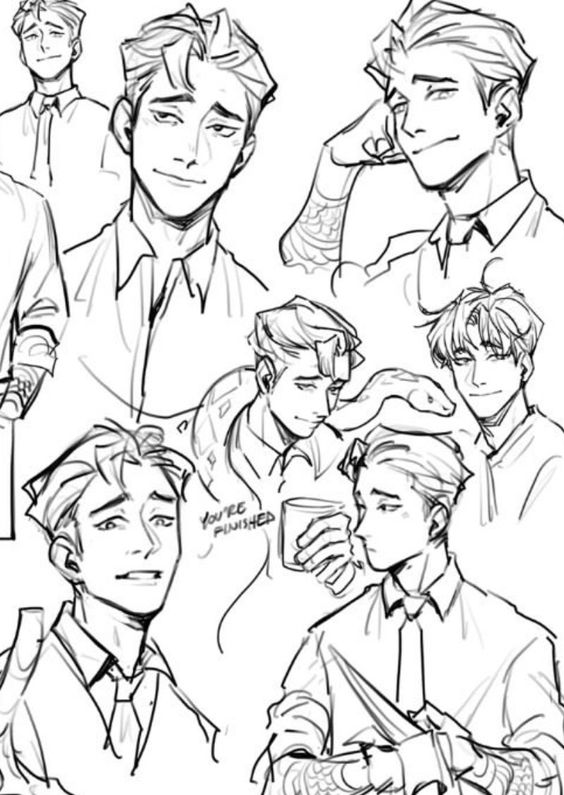
On the other hand, subtlety can also be effective in conveying emotions. Sometimes the smallest changes in facial expression can have a big impact. For example, a slight downturn of the mouth or a furrowed brow can convey sadness or concern.
Line Quality and Stroke Variation
The quality of your lines and the variation in your strokes can also have a big impact on the effectiveness of your facial expressions. Experiment with different types of lines, such as thick and thin lines, to create depth and texture. Vary the pressure you apply to your pencil or pen to create a range of strokes, from light and delicate to bold and intense.

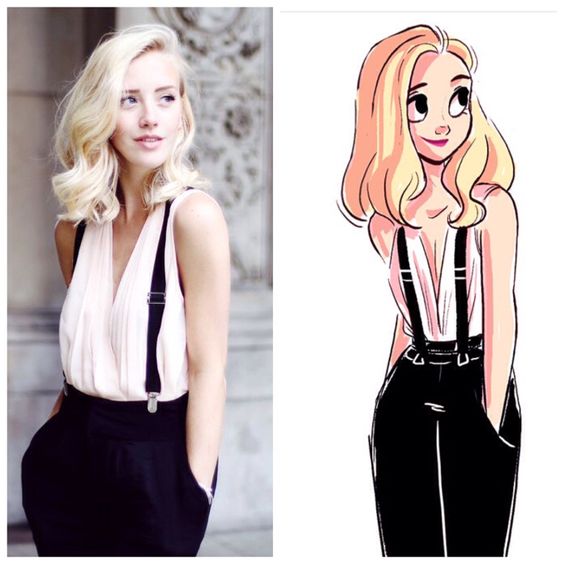
Another technique to consider is cross-hatching, which involves creating a series of intersecting lines to create shading and texture. This can be particularly effective when drawing expressions that involve a lot of shadows or wrinkles, such as a frown or a smile.
By incorporating these techniques into your drawings, you can create more expressive and impactful facial expressions that effectively convey a range of emotions.
Character Design and Expressions

Incorporating Expressions into Character Sheets
When designing a character, it’s essential to consider their expressions as they can convey emotions and personality traits. Including a variety of expressions in a character sheet can help make the character feel more real and relatable. A character sheet is a document that outlines the physical characteristics of a character, including their expressions.
To incorporate expressions into a character sheet, one can use tables or lists to categorize different expressions and their corresponding emotions. For example, a table could include expressions such as happy, sad, angry, and surprised, with descriptions of the associated emotions. It’s also important to consider the context and personality of the character when selecting and designing expressions.
Using Expressions to Define Personality
Expressions can be a powerful tool for defining a character’s personality. A character who frequently smiles may be perceived as friendly and approachable, while a character who often scowls may come across as intimidating or unfriendly.
When using expressions to define personality, it’s important to consider the consistency of the character’s expressions. If a character is typically reserved and stoic, a sudden outburst of emotion may feel out of place or inconsistent. Conversely, a character who is generally expressive may feel flat or one-dimensional if they never display any emotion.
Overall, incorporating a variety of expressions into a character sheet and using them to define personality can help make a character feel more dynamic and relatable. By considering the context and consistency of expressions, a character can be designed to convey a range of emotions and personality traits.
- 3.5Kshares
- Facebook0
- Pinterest3.5K
- Twitter0


